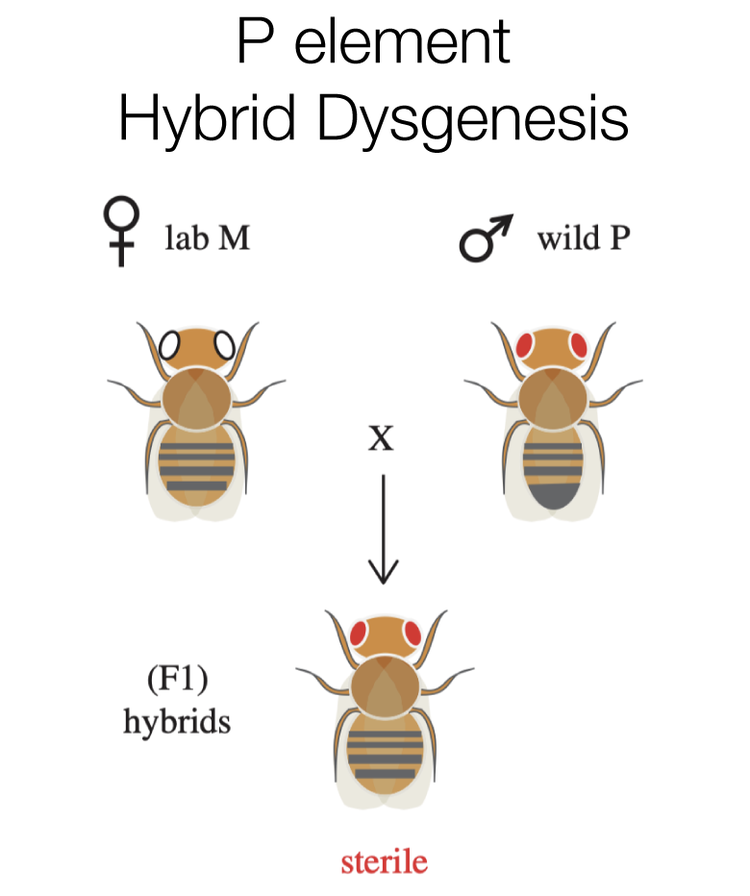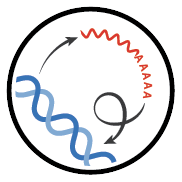
Mechanism and regulation of P element transposition.
Type
P elements were first discovered in the fruit fly as the causative agents of a syndrome of aberrant genetic traits called hybrid dysgenesis. This occurs when P element-carrying males mate with females that lack P elements and results in progeny displaying sterility, mutations and chromosomal rearrangements. Since then numerous genetic, developmental, biochemical and structural studies have culminated in a deep understanding of P element transposition: from the cellular regulation and repression of transposition to the mechanistic details of the transposase nucleoprotein complex. Recent studies have revealed how piwi-interacting small RNA pathways can act to control splicing of the P element pre-mRNA to modulate transposase production in the germline. A recent cryo-electron microscopy structure of the P element transpososome reveals an unusual DNA architecture at the transposon termini and shows that the bound GTP cofactor functions to position the transposon ends within the transposase active site. Genome sequencing efforts have shown that there are P element transposase-homologous genes (called THAP9) in other animal genomes, including humans. This review highlights recent and previous studies, which together have led to new insights, and surveys our current understanding of the biology, biochemistry, mechanism and regulation of P element transposition.

